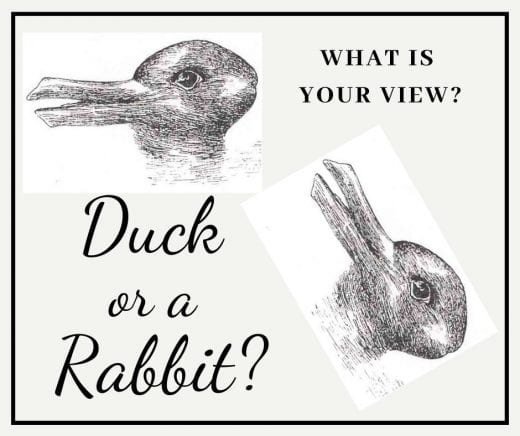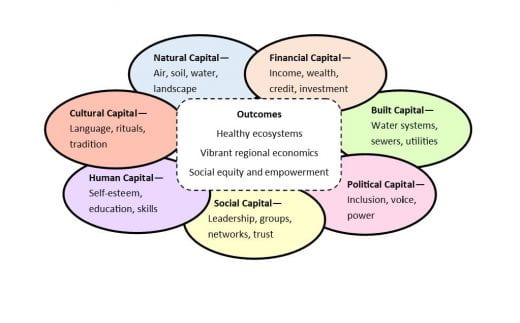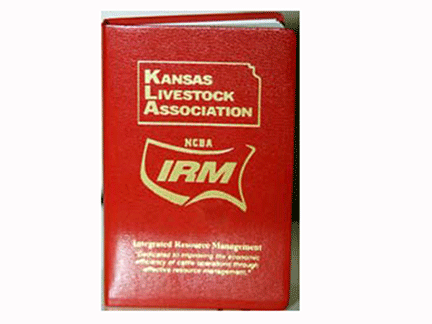As a producer, you should make it a priority to establish a relationship with your veterinarian. A lot of vaccines and medications require a prescription. Once you have your animal health products, read the label to find the proper storage temperatures. Storage is extremely important to ensure the effectiveness of the vaccine. Make sure you have a process in place to keep the products at the proper temperature from the time of arrival to the actual use of the product.
It is critical, especially for products requiring refrigeration that the medication is kept at the appropriate temperatures. When storing your products in the refrigerator it is recommended to have a thermometer in the refrigerator to monitor the temperature. The University of Nevada conducted research on 20 ranches and 4 feed stores. Through that research, 25% of the refrigerators failed to maintain vaccines in the safe zone (35 degrees – 45 degrees F). Be sure to make it a priority to double check the temperature of your refrigerator periodically.
Processing and treatment records should be kept with each product. These records should include: date given, animal or group, products utilized, dose and withdrawal time. Everything should be recorded every time you administer an animal health product. It’s also a good idea to record the lot number on the vaccine. If there happens to be an issue with injection sites, blemishes, or reactions it’s important for you to reference to those records as well as your veterinarian.
When handling vaccines at the chute, make sure you protect the vaccines from sunlight. Coolers with ice packs are a good way to help protect them from the sunlight and still keep them cool. Make sure you have a barrier between the vaccine and the ice pack so the vaccine doesn’t accidentally freeze or get too cold. It’s important if you’re working in the winter months that you don’t let your vaccine freeze.
Do not mix different vaccines together. Only mix vaccines that are required to be, such as modified live products. Be sure to only mix enough vaccine that you can use up in one hour. If it’s mixed for over an hour, the live virus will start to break down and the vaccine will not work properly. Be sure to keep your vaccine thoroughly mixed. Make sure the vaccine stays mixed and is not separated when drawing up for use. If using modified live vaccines, make sure to use a transfer needle and to enter the diluent first. After re-hydrating, gently roll. Do not shake the bottle.
Mark syringes for different vaccines to prevent a mix up. A piece of tape around the syringe with the drug name is one way or colored tape abound the bottle matching the colored tape around the syringe. Be sure to always use products from the original container and never re-enter a bottle with a used needle. Make sure to keep equipment clean. DO NOT use disinfectant with modified live or killed vaccines as it can cause damage to the vaccine.









